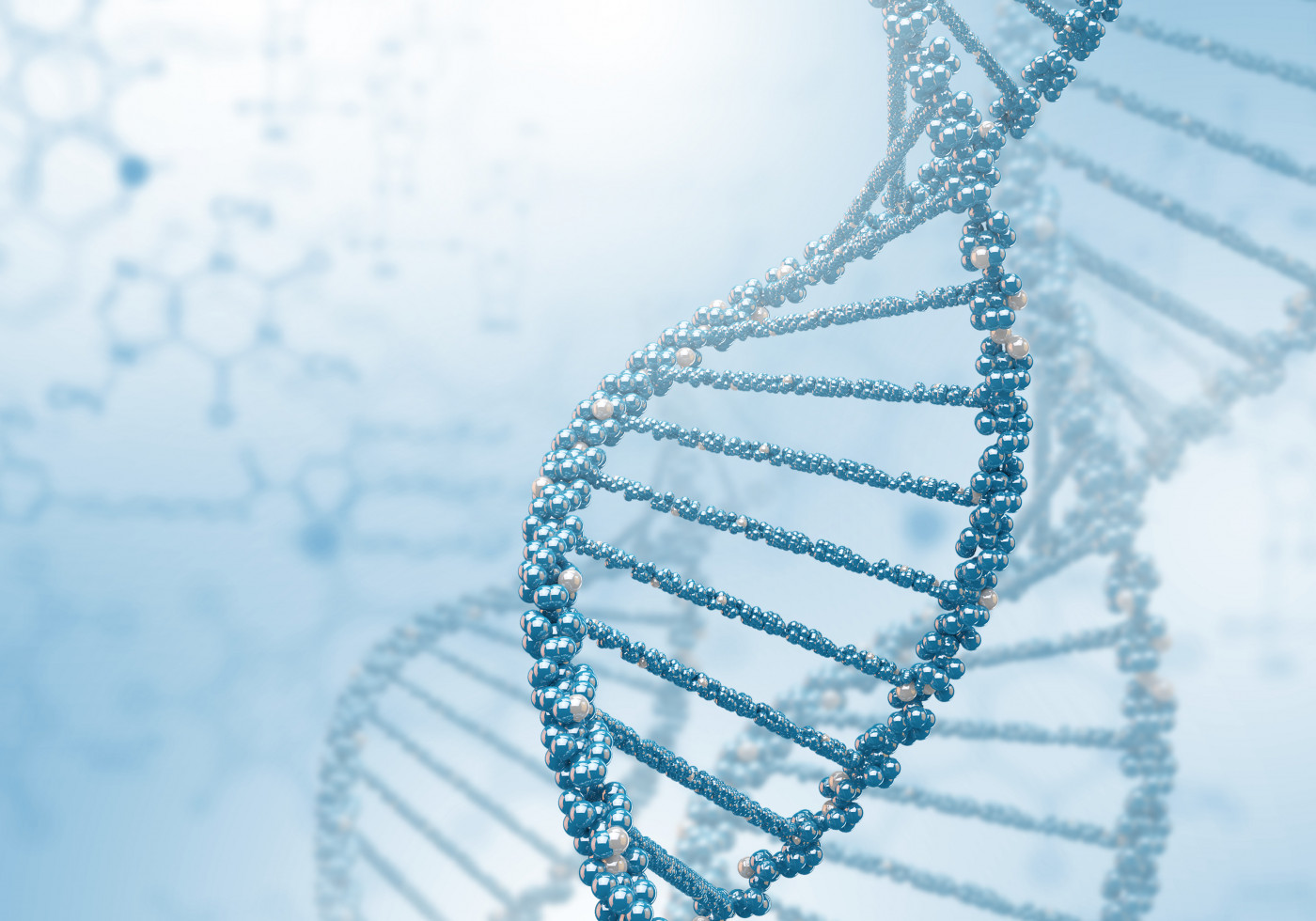Researchers Detail PWS Prenatal Diagnosis Based on Noninvasive Test

Researchers in Russia have published the first detailed description of a prenatal Prader-Willi syndrome (PWS) diagnosis based on the results of a noninvasive genetic test.
The study, “Prenatal diagnosis of Prader‐Willi syndrome due to uniparental disomy with NIPS: Case report and literature review,” was published in the journal Molecular Genetics & Genomic Medicine.
PWS is caused by the loss paternal genes in chromosome 15, which govern metabolism, appetite, growth, intellectual abilities, and social behavior.
Typically, individuals inherit one copy of each chromosome from each parent, and the genes on each chromosome are expressed at equal rates. However, a natural phenomenon called genomic imprinting makes gene expression from one chromosome favored over the other copy.
In roughly 75% of patients, noninvasive tests can reveal a deletion in chromosome 15 causing PWS, but other approaches are needed to identify patients who inherited two maternal copies of this chromosome 15, which is called maternal uniparental disomy (UPD).
“PWS is challenging to diagnose prenatally due to a lack of precise and well‐characterized fetal phenotypes [manifestations] and noninvasive markers,” the researchers wrote.
Here, they described a PWS case in the fetus of a 43-year-old woman.
The woman was initially referred to a noninvasive prenatal DNA screening (NIPS) because of her advanced maternal age.
While DNA is typically found tightly packed in the nucleus of a cell, pregnant women have what is termed cell-free DNA (cfDNA) circulating in their blood stream. This cfDNA is more accessible and can be analyzed without disturbing the cells of the developing fetus.
NIPS is becoming more widespread in clinical practice, the scientists wrote. “It is recommended for pregnant women regardless of the risk group according to conventional screening.”
In the woman’s initial NIPS screening during the first trimester, the researchers found low risks for three possible genetic abnormalities. However, in a NIPS screening at 13 weeks, the results indicated a higher risk of abnormality in chromosome 15.
Specifically, these results showed a high risk of trisomy 15, in which the fetus inherits three copies of chromosome 15 instead of two.
During subsequent cell divisions, internal cellular machinery will attempt to correct a trisomy by removing one copy of the chromosome, leading to a phenomenon called genetic mosaicism. This can result in UPD if a wrong chromosome is lost during the correction.
About three to four weeks later, the team conducted a more invasive screening technique called amniocentesis, in which a small sample of amniotic fluid — the fluid surrounding and protecting the fetus — is removed to analyze the fetal DNA.
Then, the researchers used an approach called fluorescent in situ hybridization (FISH), in which labeled DNA probes are used to detect specific genetic sequences.
Though FISH detected two copies of chromosome 15, a comparison of fetal and parental DNA confirmed the presence of maternal UPD in chromosome 15.
Due to the high risk of PWS, the woman decided to terminate the pregnancy at 21 weeks. Genetic tests thereafter confirmed the presence of trisomy 15 in the fetus.
“The presented case is the first case of PWS described in detail, which was suspected by NIPS results,” the team wrote. “It demonstrates that the choice of confirmation methods concerning the time needed is crucial for the right diagnosis.”






